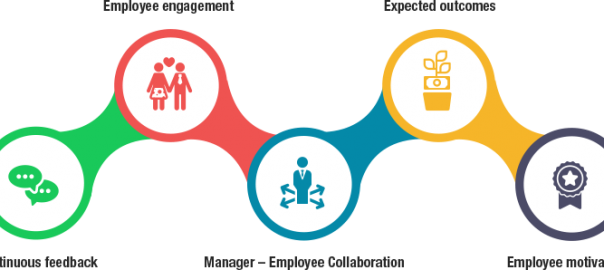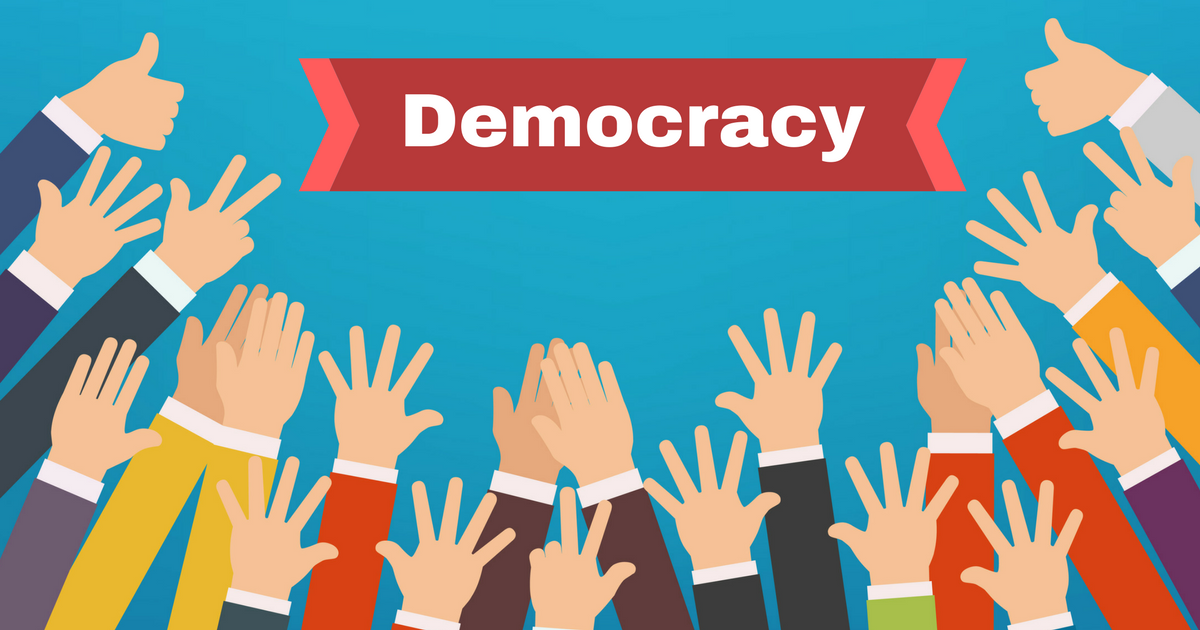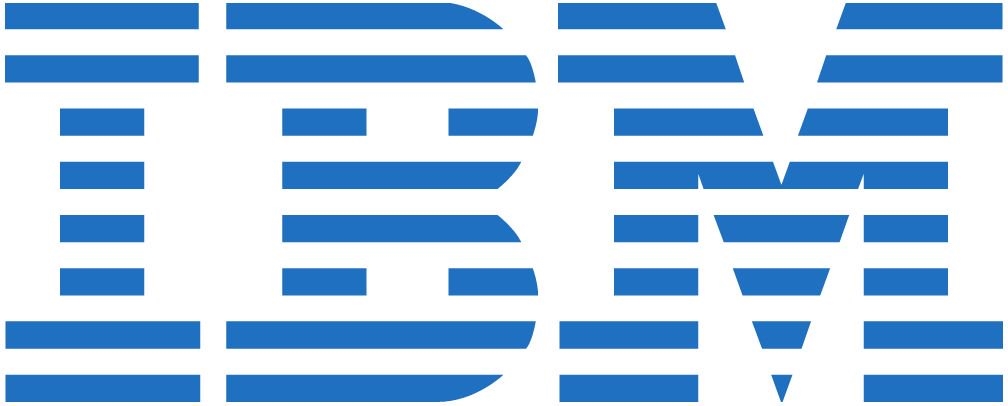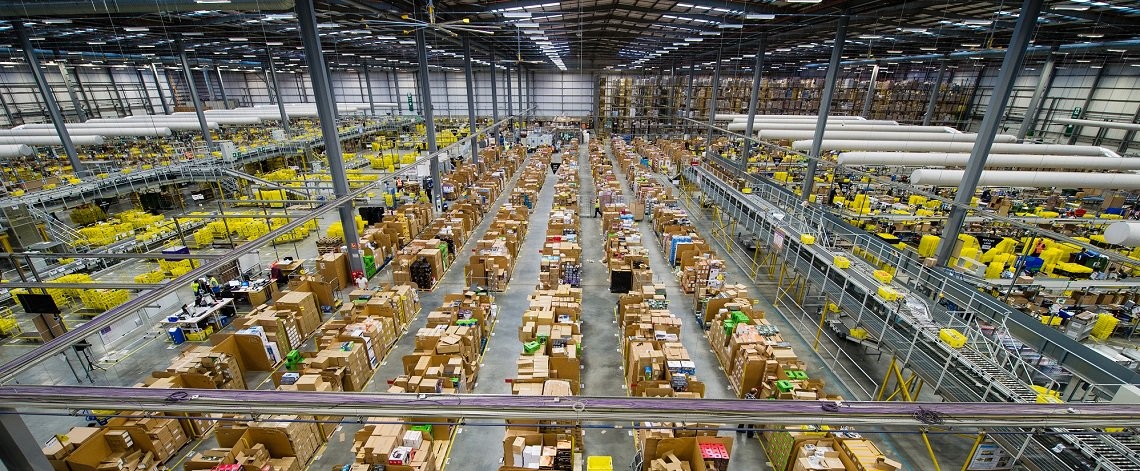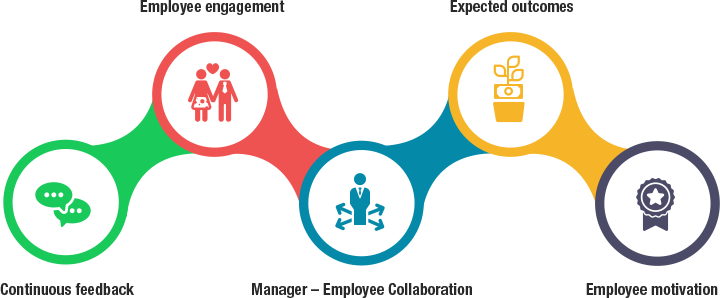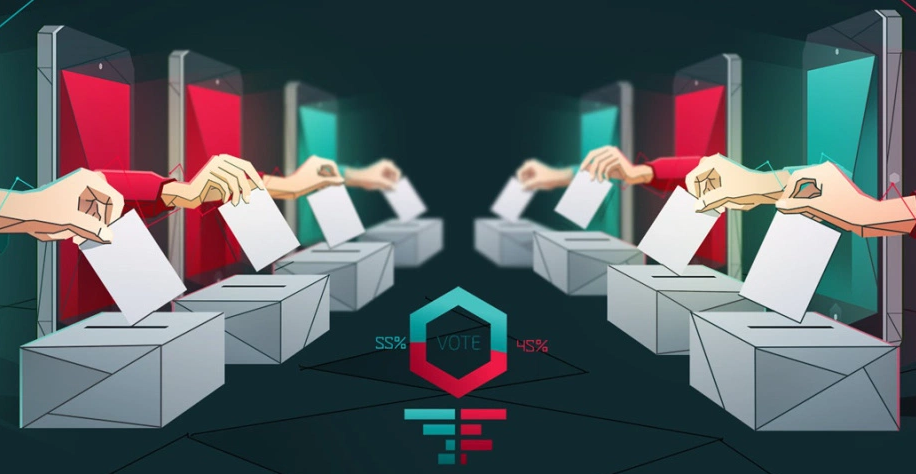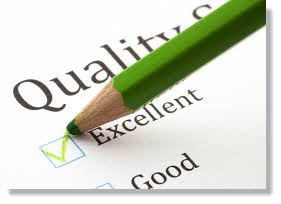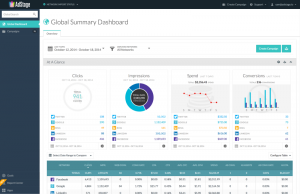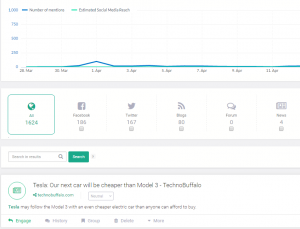— October 8, 2018
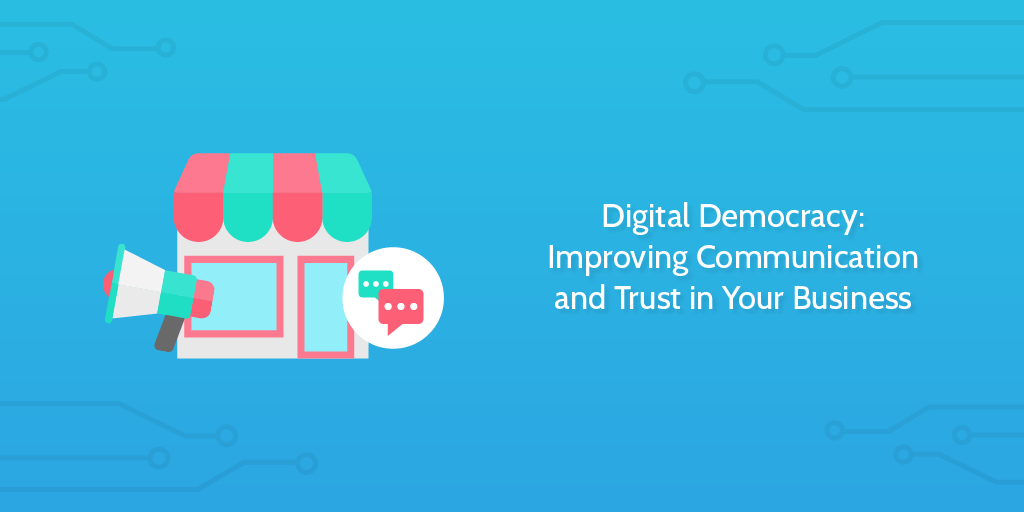
One of the impacts of technology on how we do business is a greater ability to structure our companies differently and to leverage advantages which would previously have been difficult.
At Process Street, our team is based remotely. Which means we’re able to draw on a wealth of talent based all over the world.
Technology means that communication between remote employees can be as effective as it is within an office; sometimes conferring extra advantages.
I wrote for AppCues about how our internal systems are so robust precisely because we’re remote based and we need to take every step possible to make sure we don’t suffer any information loss in our communication. This has given us internal processes which are much stronger than many brick and mortar firms.
Being remote is not the only benefit technology can bring. New tech can flatten organization structures, effectively delegate more responsibilities while retaining accountability, and help to create cultures where everyone feels valued.
One of those factors is the ability to bring multiple stakeholders into decision-making processes; a shift which holds a fundamentally democratic ethos.
In this article we’re going to look at:
- What is democracy?
- What are the positives and negatives of incorporating democracy into an organization?
- The democratic ethos in practice and how you could use it
- 5 suggestions for how technology could facilitate democratic input
What is democracy?
We all know what democracy is on a day to day basis. Most people reading this article probably live in a democracy and participate in its democratic structures.
Larry Diamond, from Stanford University, is a sociologist and a leading figure in the study of democracy. He describes democracy as a system where people choose who has power over them, where people are active in the decision making processes, and where rules apply equally to all those within the group.
Democracy represents itself in many different forms.
In a society like the US, people elect representatives to sit on different bodies and play their roles in the decision making process for what rules should be made for society. Senators are elected for terms of certain lengths, whereas a judge on the Supreme Court is elected by the representatives to sit for life.
Similarly, in a supranational body like the EU, members of the European Parliament are elected by the people from different countries, whereas members of the European Commission are not put to a public vote and instead selected and elected by nation states themselves.
In each of these institutions there are positions or people which have varying levels of democratic say in how they got their jobs. Democracies are complex and are often not democratic in every nuance and in every step. Democracy is enabled in these institutions where it is seen to be effective, and held back where it is not.
Workplaces are organizations which have taken on different levels of democracy at different points in time. A workplace with high levels of unionized labor has significant democratic oversight, even if day to day decisions are not democratic.
A co-operative tends to run like a democracy, with each member having a say in the decision making process and sharing in some of the successes of the company. A typical private company wouldn’t operate like this, but still may have progressive systems internally which grant certain decision making powers to staff.
Other companies might go even further and see their customers as being a part of their organization. In this sense, do customer surveys and outreach techniques constitute democratic input? Would a customer advisory board be seen as a democratic body?
Democracy, in terms of the collective sharing of power and decision making processes, already exists in workplaces to varying degrees.
In this article, we’ll look at how it has been implemented in different organizations and consider the positives and negatives which have arisen.
What are the positives and negatives of incorporating democracy into an organization?
In Vivek Wadhwa’s article for the Washington Post, Democracy is a great thing, except in the workplace, he discusses the inherent need for strong decision making in a company.
He starts with a quote from Len Erlikh, who escaped the USSR during its dying days:
The Soviet Union I left behind was a dictatorship but the workplace was a democracy; America may be free but the workplace is a dictatorship
Companies have traditionally been authoritarian spaces
Wadhwa’s argument is largely summed up by this line around halfway through the piece:
Business leadership is not a popularity contest; the best companies are run by enlightened dictators.
He advocates for autocratic leadership in business but employs the word “enlightened” to do a lot of heavy lifting within the sentence.
He presents examples of business leaders who have been highly successful while taking an autocratic stance within their company; being either single-minded or brutal in the process:
- “Walt Disney would ask employees for their ideas through surveys but would then dictate his requirements. When employees didn’t perform, he would fire them immediately.”
- “Henry Ford was known as a tough leader who had a hand in every major decision. He was so demanding of his employees that he monitored their activities outside of work.”
- “Steve Jobs ruled with an iron fist and demanded absolute secrecy and loyalty from his employees. He was egotistical and moody.”
- “The greatest technology innovator of today, Elon Musk, is a highly imperfect human being who makes extreme demands and sets unrealistic public deadlines for his employees. Yet he is single-handedly changing several industries — including space, energy, and transportation.”
Yet, Wadhwa recognizes that an overly-authoritarian ruler can often cause damage and leave destruction behind them. He presents the example of the Cisco CEO John Chambers who was strongly autocratic in his organization. Chambers described to the New York Times how his style has changed. He hasn’t taken away his decision-making power, but he’s utilizing it differently and spreading that responsibility.
I’m a command-and-control person. I like being able to say turn right, and we truly have 67,000 people turn right. But that’s the style of the past. Today’s world requires a different leadership style — more collaboration and teamwork, including using Web 2.0 technologies. If you had told me I’d be video blogging and blogging, I would have said, no way. And yet our 20-somethings in the company really pushed me to use that more.
How IBM staff decided their review processes
Which brings us to Wadhwa’s example he uses for synthesis, that of IBM re-evaluating how they approach performance evaluation company-wide – which you can read about here in Fortune.
IBM realized its performance system wasn’t effective. Goals were set at the beginning of the year and then evaluated at the end.
This system didn’t account for the changing nature of goals as the year went on. New ways of working had brought in iterative developments and lean methodologies which had the capacity to shift goals month by month. Workers made it clear that a new system was needed.
From Fortune:
To revamp its performance review system, the HR department didn’t just pick a new system and implement it; it turned to its 380,000 employees in 170 countries to crowdsource the process. Gherson posted a message in July on Connections, IBM’s internal social media platform, asking employees to share their ideas for a new performance management system. The post received 75,000 views and 2,000 comments from employees.
IBM then ran text analysis on all this feedback. Through this they managed to separate the suggestions out into themes. This made it easier for the internal team to sift through and begin to make sense of the proposals.
The employee suggestions convinced IBM to tweak its review system in ways it hadn’t necessarily expected. For instance, the company had floated the idea of asking employees to do a self assessment. “We learned through this process that our employees didn’t want that,” Gherson says. The department also did away with relative performance rankings—in which managers met with one another and compared their employees. And employees said that they wanted to receive feedback more frequently.
This isn’t wholly revolutionary. Lots of companies engage with their employees on mass like this to help decide elements of direction.
Fundamentally, this is the incorporation of a democratic ethos.
In countries outside of the US, much of these practices are actually very common.
In France, according to the TUC, any company with over 50 employees must establish a council of workers, and in Germany major companies like Volkswagen and Siemens have large workers councils too. In the UK, the Labour Party has made proposals for any company with over 250 workers to give 1% of shares each year, up to a maximum of 10%, to a workers-owned fund so that the workers council can have a seat in the boardroom.
But what effects do the democratization of the workplace have on the company?
Democratized decision-making improves working conditions
For one, worker satisfaction and happiness tends to be significantly higher.
Much of that is not necessarily down to the having of democracy but the impacts on a worker’s daily life which involvement in the decision making process brings.
Many may know the stories of exploitative warehousing practices – a specific niche which seems to be rife with these tales.
There is the story of Sports Direct, owned by billionaire Mike Ashley, which operated under such strict rules that workers were terrified. This led to multiple stories in the media and the beginning of a parliamentary inquiry, with the Financial Times reporting:
A Sports Direct employee gave birth in the toilet through fear of disciplinary action if she missed work, according to testimony given to a parliamentary committee…
Sports Direct is not the only example. Current Affairs published an article advocating for greater workplace democracy and referenced the book Hired: Six Months Undercover in Low-Wage Britain by James Bloodworth, writing:
Bloodworth cites a survey of Amazon staff showing: 91 percent wouldn’t recommend working there, 89 percent felt exploited, 71 percent reported walking more than 10 miles per day, and 78 percent felt their breaks were too short.
The stories of Amazon workers sleeping in tents and not being allowed toilet breaks are harrowing considering it is the largest and most successful company on the planet owned by the world’s richest man.
Yet, it is just that: successful.
Whether you have an iPhone or another phone, there’s a good chance your mobile was made by Foxconn workers who fling themselves out of buildings hoping to make it past the suicide nets.
A lot of successful businesses are built on exploitation, at least in some aspect of their operations.
Democratic ethos within a workplace tends to reduce exploitative practices and in turn provides some significant benefits too.
The effects of democracy on an organization
According to Tim Hatcher of North Carolina State University, in his paper Workplace Democracy: A Review of Literature and Implications for Human Resources, greater workplace democracy typically presents itself through a series of key characteristics.
We’ll go through each characteristic and present what Hatcher cites as being the outcomes for each:
- Open communication internally and externally
- Fuller participation of women and underrepresented groups
- Open governance
- Devolved power and responsibility for decisions
- Individual freedom of expression and choice
- Power is related to relationships versus structure
- Meaningful work
- Workplace democracy is not possible without “unalienated and meaningful work”
- Gender and ethnic equity
- Tolerance, respect, inclusion of women and underrepresented groups
- Less managerialism
- Psychological ownership of activities depends on worker contributions, knowledge and competence.
- More worker control over the functions that impact them
- “Reduce alienation, create a solidarity community based on work, strengthen attachments to the general good of the community, weaken the pull of self-interest…[and], stimulate citizenship in the government of the state itself (Dahl, 1985, p. 95). Individuals have control over their work tasks (Luhman, 2006)
- Improved trust and less fear
- Legitimacy for workers to question control
- Enhanced flow of information
- Increase in organizational commitment, personal responsibility, ability to change (Harrison & Freeman, 2004)
- Worker voice in job design, work requirements and quality
- Because worker groups may not be privy to organizational strategies or have the required skills and knowledge they may make incorrect or less than advantageous decisions. Worker group decisions may take an inordinate amount of time and may disrupt normal operations (Harrison & Freeman, 2004)
- Flatter, team-based organization structures. Non-hierarchical controls
- Educate through participation thus inculcating democratic values in the citizens of the workplace (Grady, 1990)
Now, some of these are a bit airy-fairy.
I don’t think “stimulate citizenship in the government of the state itself” is particularly useful to us here.
But there are a couple of key themes which can be pulled out of this overview of the academic literature on the topic:
- Greater democracy results in more inclusion. The voices of otherwise marginalized groups tend to be more fairly represented in organizations which incorporate elements of democratic decision making. If your consumers span a range of lived experiences, it may be advantageous to have that represented in your team.
- There is greater effort and emphasis on improving organizational structures. Partly to facilitate the democratic influences and partly because those workers feel empowered to want to improve the processes they work within. This increases personal responsibility and creates a culture of accountability, possibly serving to stem normalization of deviance.
- Democratic decision making can be slower and certain specialized topics do not lend themselves to democratic decisions. Any democratically run organization would need to highlight where democracy assists and where it is likely to fail. This presents a difference between enacting representative democracy and direct democracy – or raises how the two could be balanced.
- Workplace democratic practices are difficult for monotonous and repetitive tasks. These democratic structures do not confer advantages when used in these spaces. Like we saw when discussing The Samsung Way in our article on Kaizen, workers at skilled factories were organized very differently to workers at unskilled or less-skilled factories.
The democratic ethos in practice and how you could use it
We’ve already looked at the examples of Cisco and IBM.
IBM incorporated staff into the decision making process simply by asking them for their opinions on what the company should do and how it should operate. This is a simple step you can take to make your company more accountable to its staff and bring in an element of democratic ethos.
Cisco put better communication processes in place in order to improve understanding throughout the company of what leadership were doing, and to make employees feel more valued.
You can read more about how to handle employee feedback in our post, How to Get, Process, and Act on Employee Feedback, but here are some takeaways:
- Create a culture of feedback and constructive shared learning. Giving feedback to management will be unlikely if your staff don’t feel comfortable giving feedback to each other.
- Make sure to introduce staff to each other. People from different departments should know who is responsible for decisions so fair critiques can be given and people can be accountable.
- Host regular meetings whereby staff are encouraged to discuss not just the work, but how work was completed; the processes, goals, and systems. This gives teams the opportunity to self-organize while also providing feedback to management through the discussion.
- Conduct one-on-one meetings with employees to talk with them about their work and any suggestions they have for broader company efforts, along with their own wishes for professional development.
- Document and categorize feedback much like you would with customer feedback. This data can then be used to help inform decision making – whether that is concentrated or democratic. Making this data available in an anonymized way to all employees would be a radical display of transparency improving accountability of leadership.
From these points, you could very easily expand aspects of democracy within an organization.
You could propose company-wide polls between two strategic options, for example. In this scenario, both options are likely good strategic options each with a clear and documented potential plan. Normally, these two options might be put to the board for a vote, yet a democratic organization might first poll staff on which of these options they prefer.
That poll may not necessarily dictate the choice of the company – whether it does or doesn’t depends on you – but it would bring workers into the decision-making process and help them feel valued.
Your workers may also provide critiques of these plans; bringing the options under greater scrutiny and more diligent stress-testing.
5 suggestions for how technology could facilitate democratic input
Companies like Zappos and Buffer have employed radically democratic ways of operating and have facilitated this via the use of technology.
Zappos threw much of its management structures out of the window and adopted a new mode of organizing called Holacracy. You can read more about that change in depth in our article: How 4 Top Startups are Reinventing Organizational Structure.
In Holacracy, workers do the work they want to do and can even decide their own pay. It is a radical break from normal modes of operation, yet it seems to be working well for Zappos.
On a day to day level, some workers will consistently do the same work: these workers prefer structure and consistency, and may be customer support staff or another stable role.
Other workers may use a piece of software the company has constructed called Role Marketplace, where people post work which needs to be done and teams assemble around those jobs. These working groups come together and form a short-term team dedicated to solving the problem.
In some ways, the levels of management have been automated and replaced by software. This leaves employees with a much more horizontal organization structure and allows for greater democratic input. Managers don’t check whether work gets done; everyone checks via the open software platform.
Similarly, Buffer – whose experiment was good but less successful – created open and publicly transparent dashboards which displayed all its key metrics. It used software again, but this time with a particular emphasis on transparency and accountability; if someone isn’t pulling their weight everyone will know.
In my previous post, What is Digital Ethics?: 10 Key Issues Which Will Shape Our Future, I discussed Ralph Merkle’s ideas of how to build democratic organizations on the blockchain; an idea he presents in his whitepaper: DAOs, Democracy and Governance.
He outlined this at the World Ethical Data Forum, and it is based on the idea that you structure your organization via code on the blockchain. Each stakeholder in the organization possesses a token and passes proposed changes to the code which may benefit the development of the organization based on the democratic structures of the blockchain.
Now, you may not want to go full radical reorganization. But, you might be interested in using software to open up the decision making process.
Here are my 5 recommendations:
- Use survey platforms to get feedback from employees on ideas, or even as a way to make decisions.
- Use communication tools like Slack or YouTube to broadcast to your employees so they understand what discussions leadership are having.
- Create open dashboards like Buffer did to display your key metrics to staff so they understand performance and can see the end results of their hard work.
- Use Process Street for your organizational process library and allow all staff access to see what processes the company uses at every level.
- Create an alpha version of Zappos’ Role Marketplace – a board where potential new projects or tasks can be posted, voted on, and discussed, and where staff can volunteer themselves for new challenges.
Digital democracy or just digital improvement?
Derina R. Holtzhausen, in the paper The Effects of Workplace Democracy on Employee Communication Behavior, demonstrates that greater democratic involvement can result in:
- Improvement of trust
- Improvement of information flow
- Improvement of face-to-face, and superior and subordinate communication
- Reduced fear to communicate
In a tech-driven world, particularly one of high-skilled workers, an increased democratic ethos could by highly valuable to a company looking to unleash its workers’ potential to gain a competitive advantage over the competition.
Whether we will see an increase of worker-led democratic cooperatives like Mondragón, remains to be seen.
As Nathan J. Robinson, editor of Current Affairs, states:
There are lots of different ways in which “workplace democracy” can be created, and it occurs in various degrees from “your supervisors care what you think” to “you get to vote for your supervisor” to “you are your own supervisor.”
In the form of Zappos, that radical shift worked well. From a simply moral standpoint I hope that the wishes of all stakeholders in a company are given some pause for consideration at least, if only to avoid subjecting them to the kind of mistreatment described previously.
Have you worked in a democratically run organization? What went well and what went badly? Let us know in the comments below!
Business & Finance Articles on Business 2 Community
(88)
Report Post